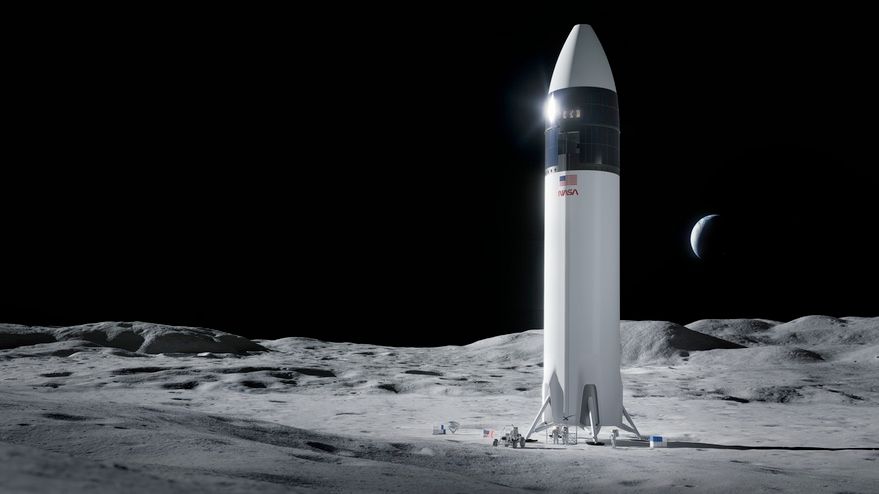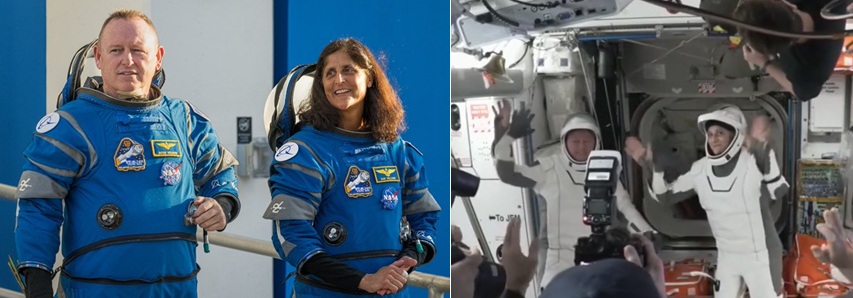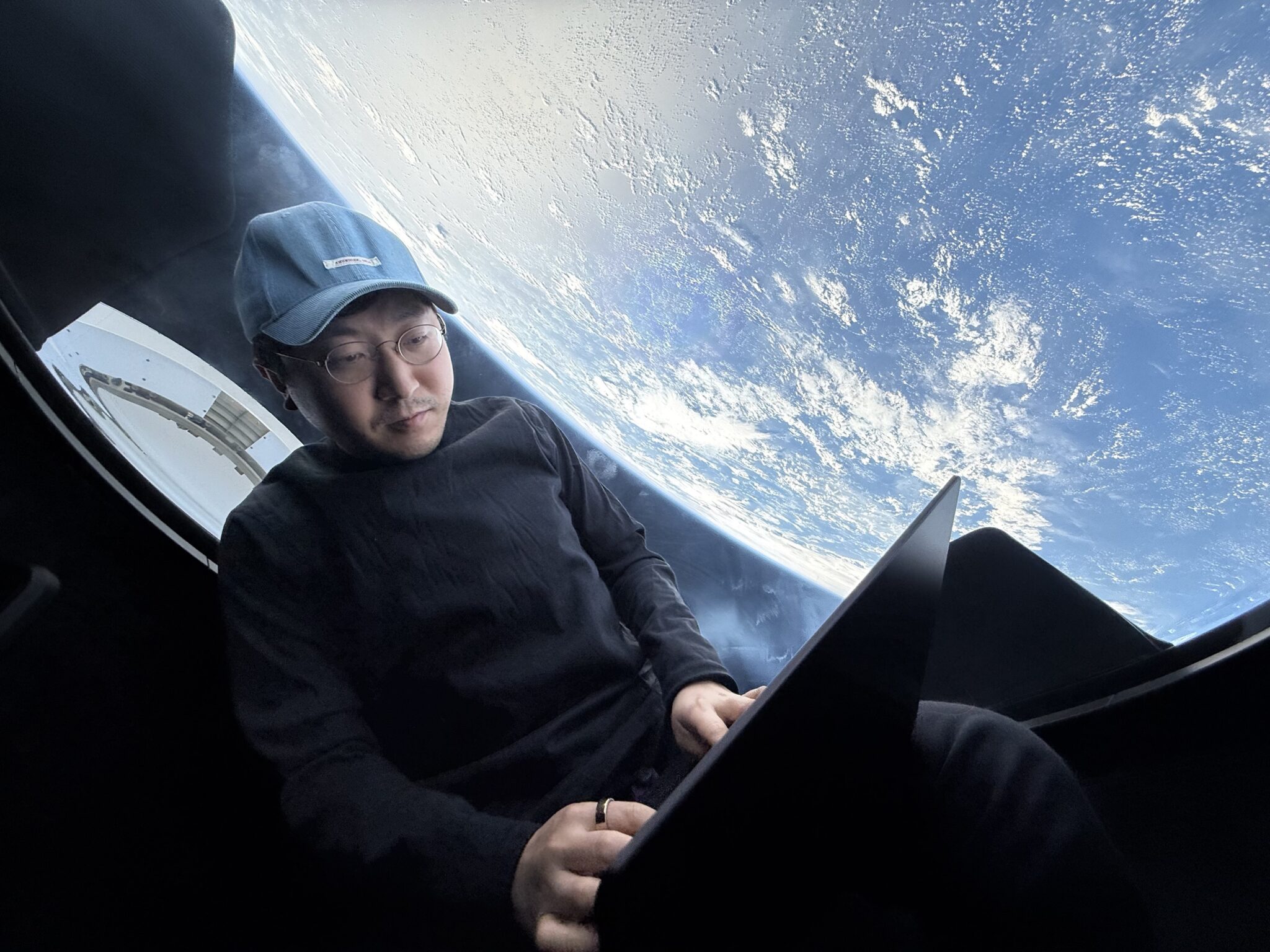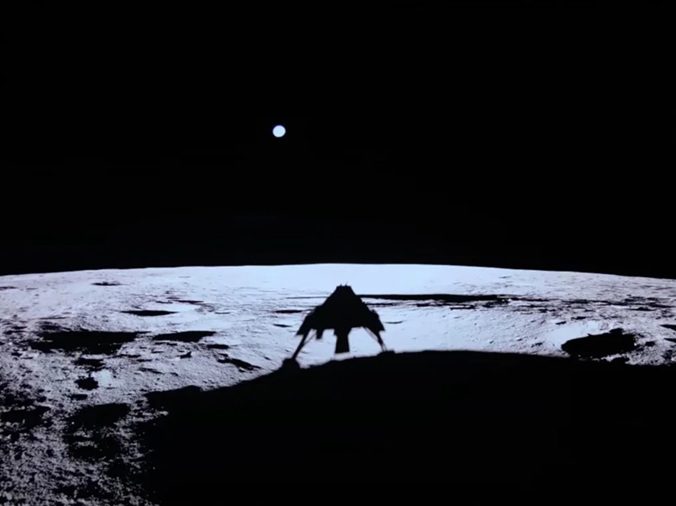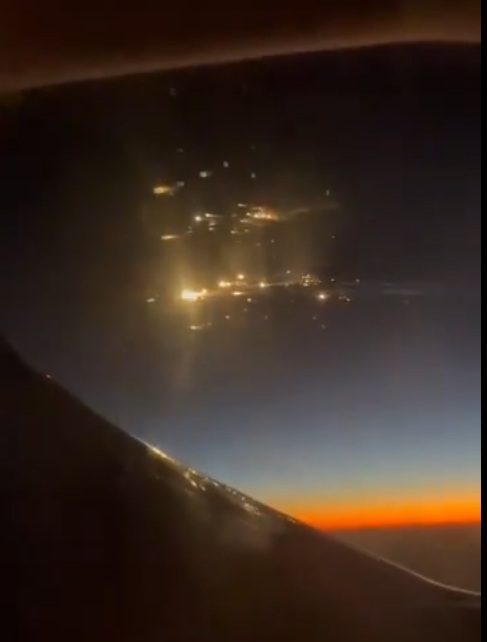Sierra Nevada Corp has signed memorandum of cooperative understanding with the Japanese Aerospace Exploration Agency (JAXA) work on potential applications of Japanese technologies and the development of mission concepts for the Dream Chaser spacecraft. Additionally, SNC and JAXA will explore the possibility of launching and landing the Dream Chaser spacecraft in Japan. This international collaboration will widen the breadth of the global capabilities offered by the Dream Chaser reusable, lifting-body spacecraft.
Currently, using partial-funding from NASA’s Commercial Crew effort, the Dream Chaser mini-shuttle is undergoing development and flight test preparations to transport astronauts from the United States and partner nations to low-Earth orbit (LEO) destinations, such as the International Space Station (ISS). The first Dream Chaser orbital launch is scheduled for December 2016. Beyond the technical collaboration, the cooperation seeks to maintain and strengthen the existing global space partnerships established between Japan and the U.S.
JAXA joins the expanding SNC international team that includes the European Space Agency (ESA) and the German Aerospace Centre (DLR).
Comment by David Todd: Of the commercial crew competitors, Dream Chaser has always been our favourite design as a regular LEO transport. It appears that we are not alone and the DLR, ESA and now JAXA all apparently prefer it to the others as well. When compared to its Boeing splashdown-landed CST-100 capsule and SpaceX’s rocket-landed Dragon capsule competitors, it seems less risky with a more benign re-entry g-load for passengers and a larger cross-range capability. Its only downside was that and a winged vehicle with more complicated aerodynamics, it might have taken longer to develop. However, with a first launch date announced as December 2016, this threat has receded. Hypersonic aerothermodynamics mean that capsules remain the best choice for interplanetary flight (e.g. Orion) but for lower velocity atmospheric entries from low Earth orbit, shuttle’s and lifting bodies become much more attractive.



